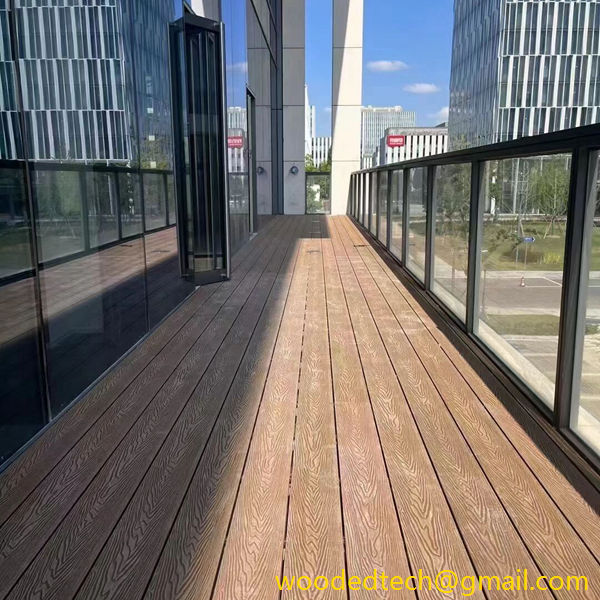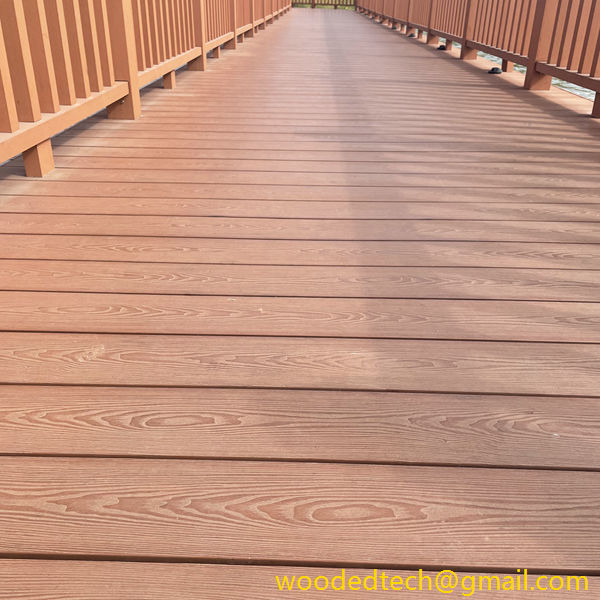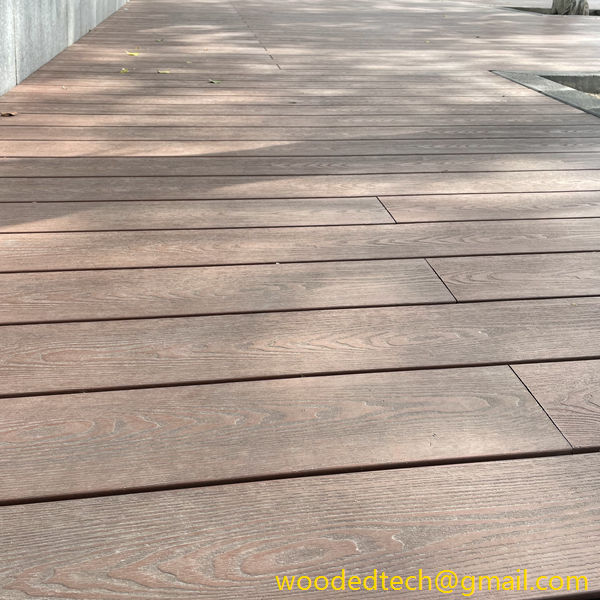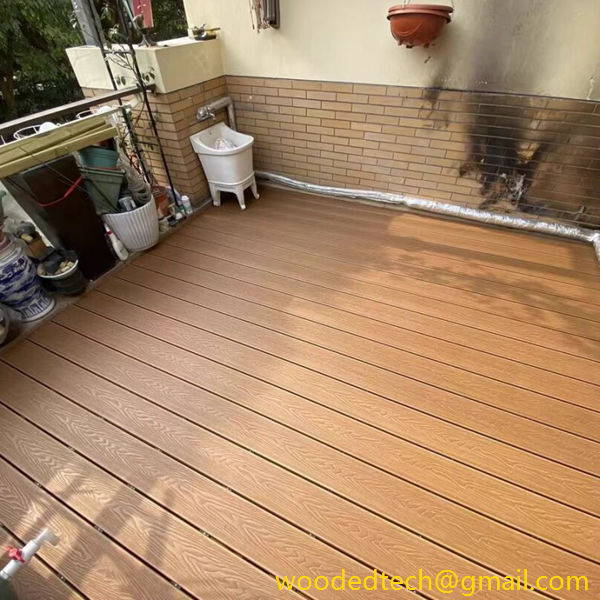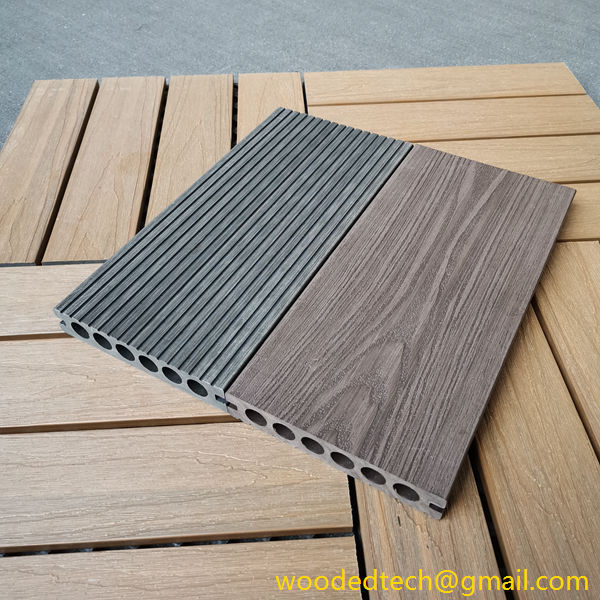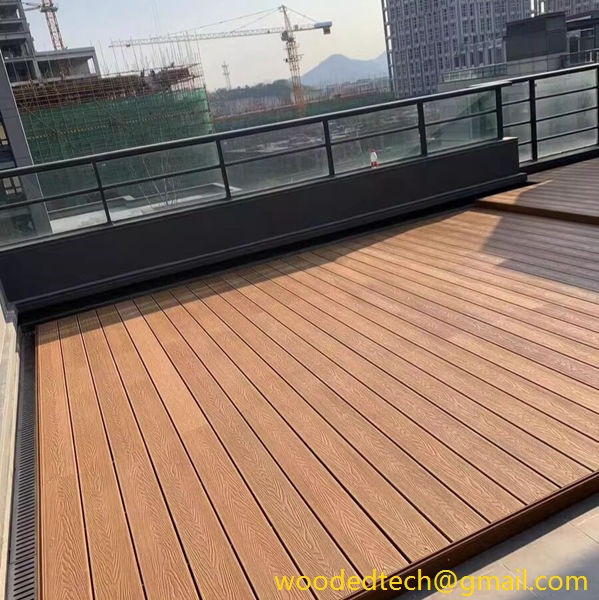Addressing Water Pooling on Composite Deck and Solutions to Prevent It
Addressing water pooling on a composite deck is a significant concern for homeowners looking to maintain the longevity and aesthetic appeal of their outdoor space. Composite decking, known for its durability and low maintenance requirements compared to traditional wood, can still experience issues such as water pooling if not properly installed and maintained. Understanding the causes of water pooling, along with effective solutions to prevent it, is essential for ensuring the deck remains in optimal condition.
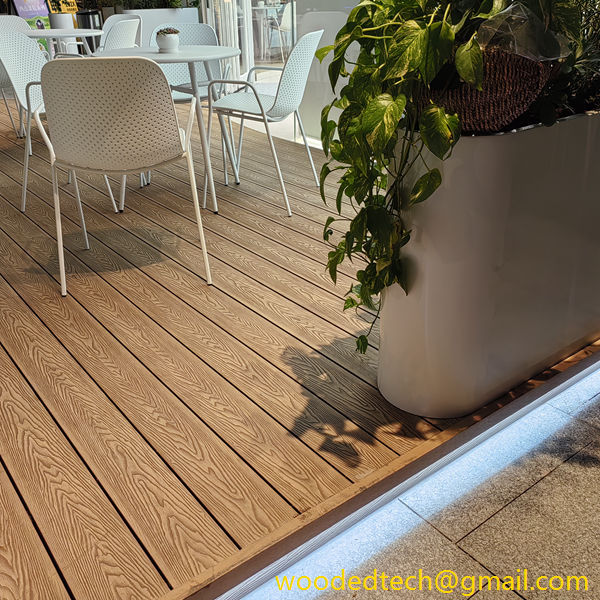 One primary cause of water pooling on composite decks is improper installation. When the decking boards are not installed with the correct slope or drainage considerations, water can accumulate in certain areas. Ideally, the deck should be installed with a slight incline to encourage water runoff. A slope of one to two percent is generally recommended, which translates to a drop of one-quarter to one-half inch for every ten feet of decking. This slight angle ensures that water flows away from the deck surface rather than settling in low spots.
One primary cause of water pooling on composite decks is improper installation. When the decking boards are not installed with the correct slope or drainage considerations, water can accumulate in certain areas. Ideally, the deck should be installed with a slight incline to encourage water runoff. A slope of one to two percent is generally recommended, which translates to a drop of one-quarter to one-half inch for every ten feet of decking. This slight angle ensures that water flows away from the deck surface rather than settling in low spots.
Another installation consideration is the spacing between the composite boards. Adequate gaps between the boards allow for water drainage and air circulation, which helps to dry any moisture that does accumulate. If the boards are too tightly spaced, water can become trapped, leading to pooling and potential mold growth. During installation, it is crucial to follow the manufacturer’s recommendations regarding spacing to facilitate proper drainage.
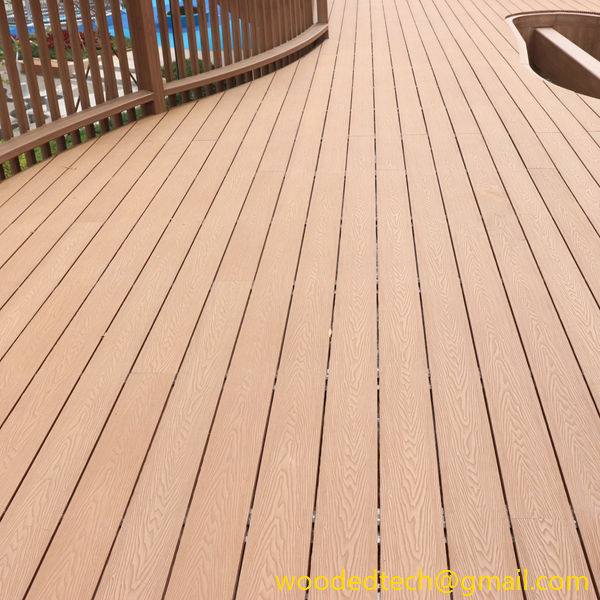
In addition to installation techniques, the choice of materials can significantly impact water pooling. Some composite decking products are designed with features that promote better drainage. For instance, decks with a textured surface may allow water to run off more effectively than smoother surfaces. Homeowners should research and select products that are engineered for optimal performance in wet conditions.
Regular maintenance is also vital in preventing water pooling on composite decks. Even the most well-installed decks can experience water accumulation if they are not properly cared for. One of the simplest maintenance tasks is to keep the deck clean and free from debris. Leaves, dirt, and other organic materials can trap moisture against the deck surface, leading to pooling and potential damage. Regular sweeping and periodic cleaning with a composite deck cleaner will help keep the surface clear and promote drainage.
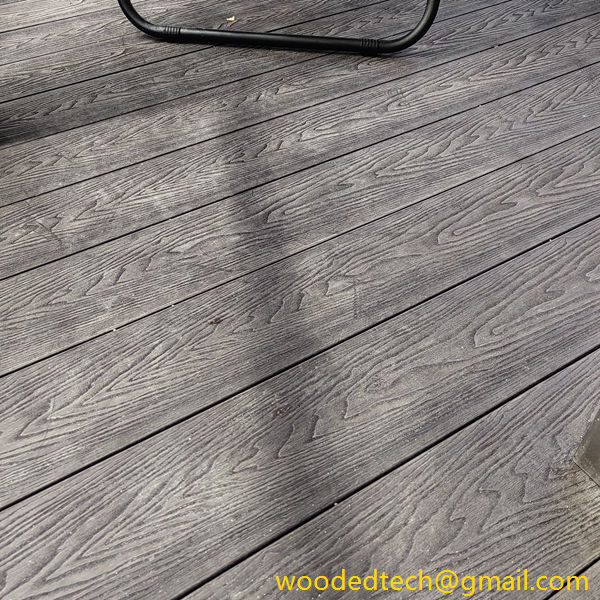
Another aspect of maintenance involves inspecting the deck for any signs of wear or damage. Over time, the connectors, screws, and fasteners that hold the decking in place may become loose or corroded. This can result in uneven surfaces where water can pool. Homeowners should periodically check these components and replace or tighten them as necessary to maintain the structural integrity of the deck.
Additionally, applying a sealant can help protect the composite material from moisture absorption. While many composite decking products are designed to resist moisture, applying a sealant can provide an extra layer of protection, especially in areas prone to heavy rainfall. Homeowners should follow the manufacturer’s instructions for applying sealants and reapply them as recommended to ensure continued effectiveness.
If water pooling persists despite proper installation and maintenance, homeowners may need to consider more extensive solutions. One option is to install a drainage system beneath the deck. This could involve adding a series of gutters or channels that direct water away from the deck surface. This solution can be particularly effective for larger decks or those built in areas with significant rainfall.
Another approach is to modify the landscaping around the deck. Ensuring that the ground slopes away from the deck and creating drainage ditches or swales can help redirect water away from the deck area. This not only helps prevent pooling but also protects the foundation of the home by reducing water accumulation near the structure.
In conclusion, addressing water pooling on a composite deck requires a combination of proper installation, regular maintenance, and strategic planning. By ensuring the deck is installed with the appropriate slope and spacing, selecting quality materials, and maintaining cleanliness, homeowners can significantly reduce the risk of water accumulation. Furthermore, implementing additional solutions such as drainage systems and landscaping modifications can provide long-term protection against water pooling. By taking these proactive measures, homeowners can enjoy their composite decks for years to come, free from the concerns associated with water pooling.

